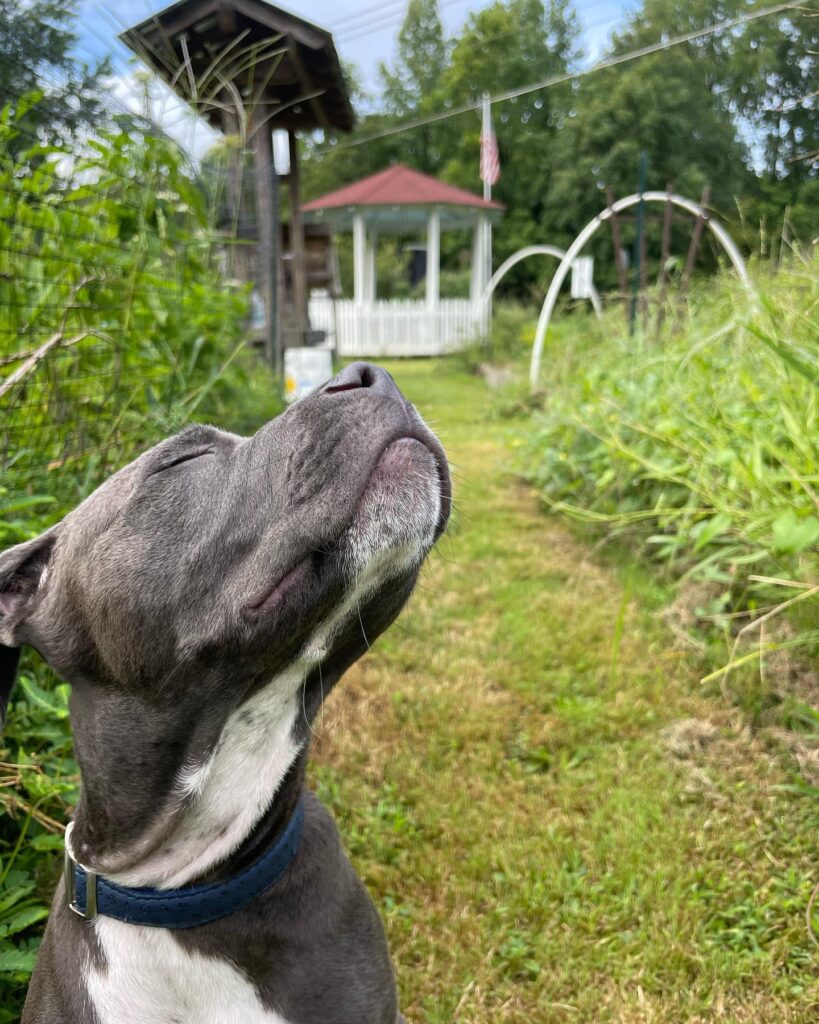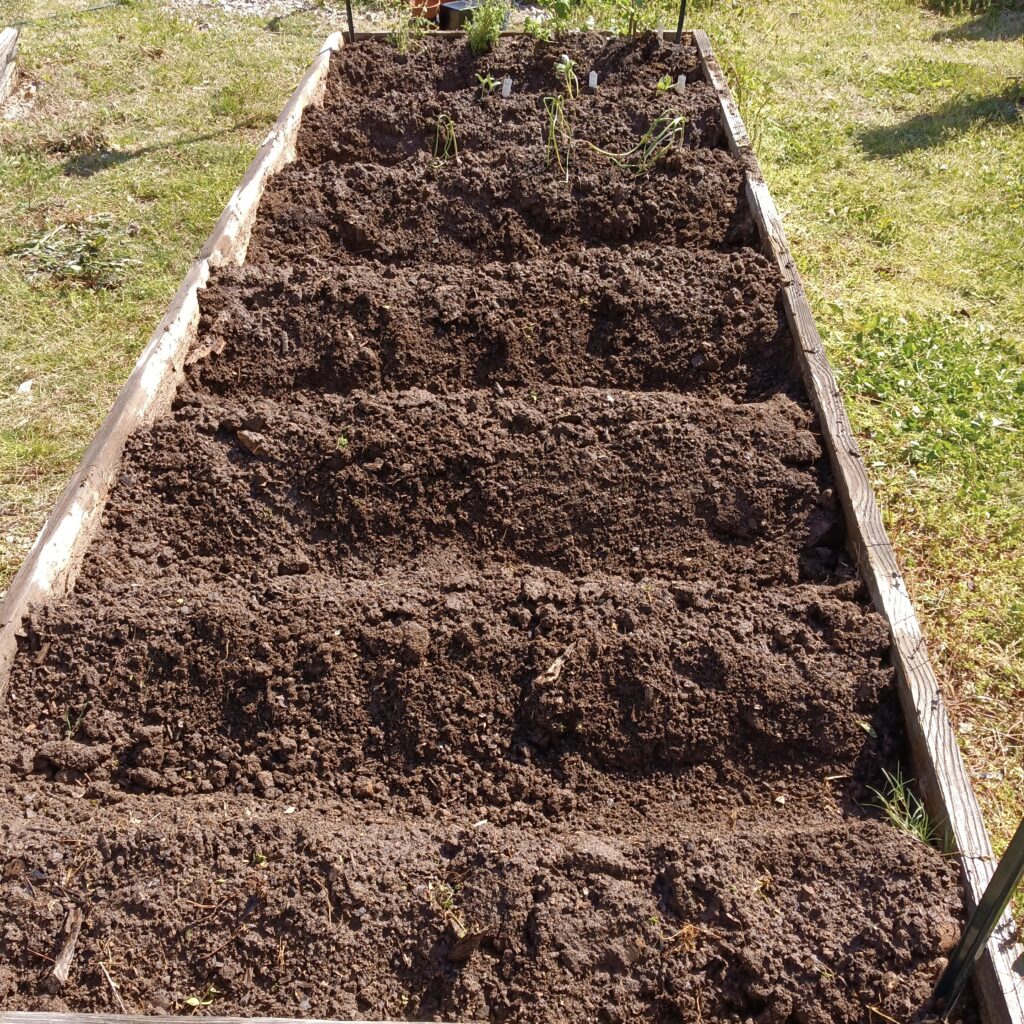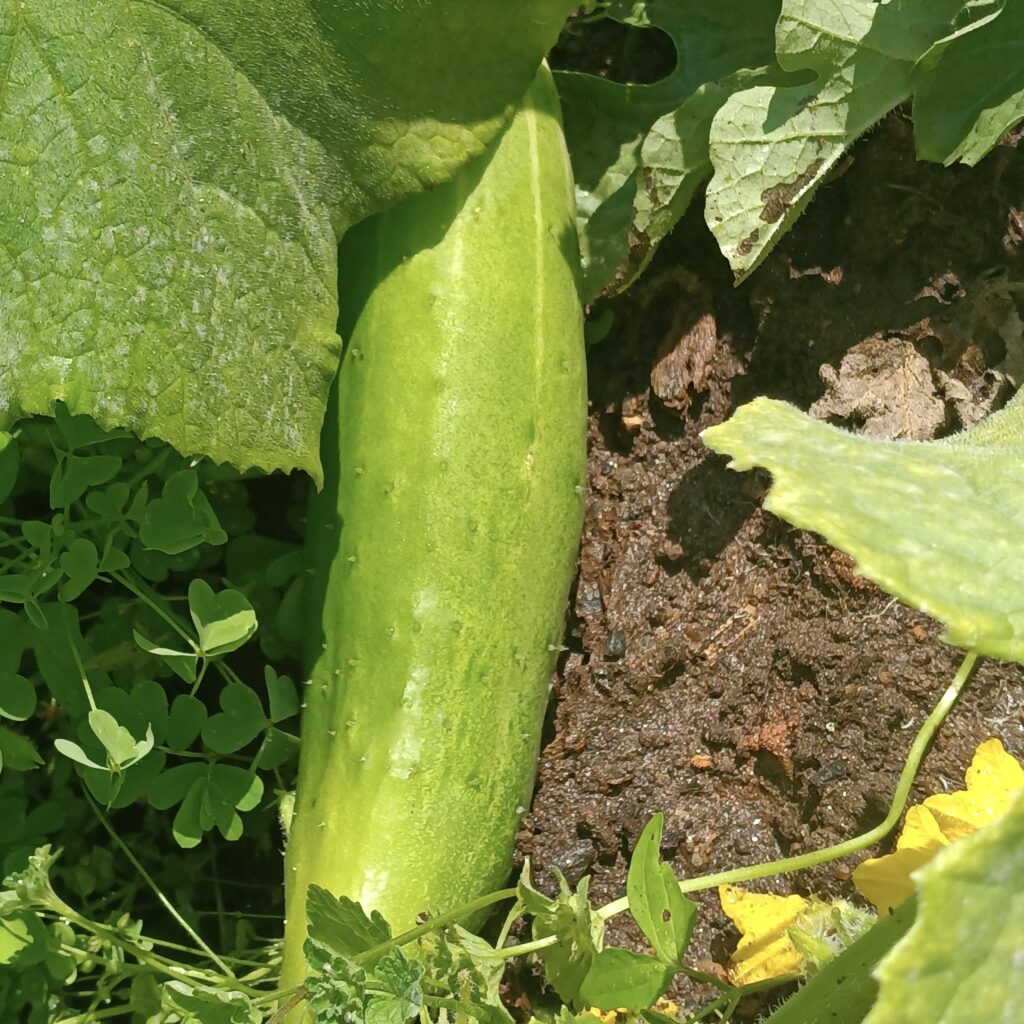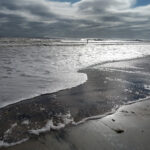
This post may contain affiliate links. This means if you click and purchase a product through one of these links, I may receive a small commission at no extra cost to you.
In an ever-changing world, the idea of self-reliance becomes increasingly captivating. One empowering step towards self-sufficiency is growing your own food in your backyard. It’s more than just a hobby; it’s a journey of connection, empowerment, and delicious harvests. But where do you start?
Planting the Seeds: Why Grow Your Own Food?

The benefits of growing your own food are plentiful:
- Freshness Taste of homegrown produce, bursting with flavor and free of chemicals.
- Health: Control what goes into your food, ensuring healthy and nutritious meals for yourself and your family.
- Savings: Reduce your grocery bill by growing your own staples and seasonal favorites.
- Sustainability: Minimize your environmental impact and support local ecosystems by growing locally and organically.
- Knowledge: Connect with nature, learn new skills, and experience the joy of nurturing life from seed to harvest.
From Tiny Sprouts to Bountiful Gardens: Getting Started
Don’t let the idea of a sprawling farm intimidate you. Even a small balcony or patio can be transformed into a thriving mini-garden. Here’s how:
- Assess your space: Sunlight, access to water, and available soil are crucial factors. Be creative! Utilize containers, vertical gardening systems, or raised beds if space is limited.
- Choose your crops: Select plants that thrive in your climate and suit your taste and experience level. Start with beginner-friendly options like leafy greens, herbs, and cherry tomatoes.
- Plan your garden: Research plant spacing, companion planting techniques, and harvest times to optimize your growing space.
- Get your hands dirty!: Choose organic seeds and potting mix, prepare your soil, and plant with care. Remember, nurturing your garden is a continuous process, so be patient and observe!

Beyond the Harvest: Growing a Sustainable Future
Your backyard garden can be a springboard for further self-reliance:
- Compost food scraps and yard waste to nourish your soil naturally.
- Collect rainwater for irrigation, reducing your reliance on municipal water.
- Explore food preservation techniques like canning, drying, and pickling to enjoy your bounty year-round.
- Share your knowledge and surplus produce with your community, fostering connection and resilience.
Remember, growing your own food is a journey, not a destination. Embrace the learning process, celebrate small victories, and enjoy the satisfaction of nourishing yourself and the planet, one delicious bite at a time. So, roll up your sleeves, get outside, and start cultivating your self-reliance, one seed at a time!


- Did You Know There Are 4 Relationship Styles? Which One Are You?Before you answer, take a moment to think about what each relationship style means. Once you understand them, you might find that you fit into one… Read more: Did You Know There Are 4 Relationship Styles? Which One Are You?
- Facing the Facts: STD Rates and Community Health SolutionsGet your STDcheck here This post contains affiliate links. If you make a purchase through these links, I may earn a small commission at no extra… Read more: Facing the Facts: STD Rates and Community Health Solutions
- Save Big and Live Well: Thrive Market’s Best Deals & Referral Perks This MonthThrive Market is an online marketplace offering a vast selection of organic, non-GMO, and sustainable products at discounted prices. Members can enjoy savings of 25-50% compared… Read more: Save Big and Live Well: Thrive Market’s Best Deals & Referral Perks This Month
- Orlando Summer Vacations Under $300 – Affordable Fun with OrlandoVacation.com
 Big Adventures, Small Budget: How to Do Orlando for Under $300 This Summer Orlando Summer Vacations Under $300 – Affordable Fun with Orlandovacation.com Great Deals on… Read more: Orlando Summer Vacations Under $300 – Affordable Fun with OrlandoVacation.com
Big Adventures, Small Budget: How to Do Orlando for Under $300 This Summer Orlando Summer Vacations Under $300 – Affordable Fun with Orlandovacation.com Great Deals on… Read more: Orlando Summer Vacations Under $300 – Affordable Fun with OrlandoVacation.com - VerificationImpact-Site-Verification: 40839273-0708-46b5-b783-a936e068cbdd





